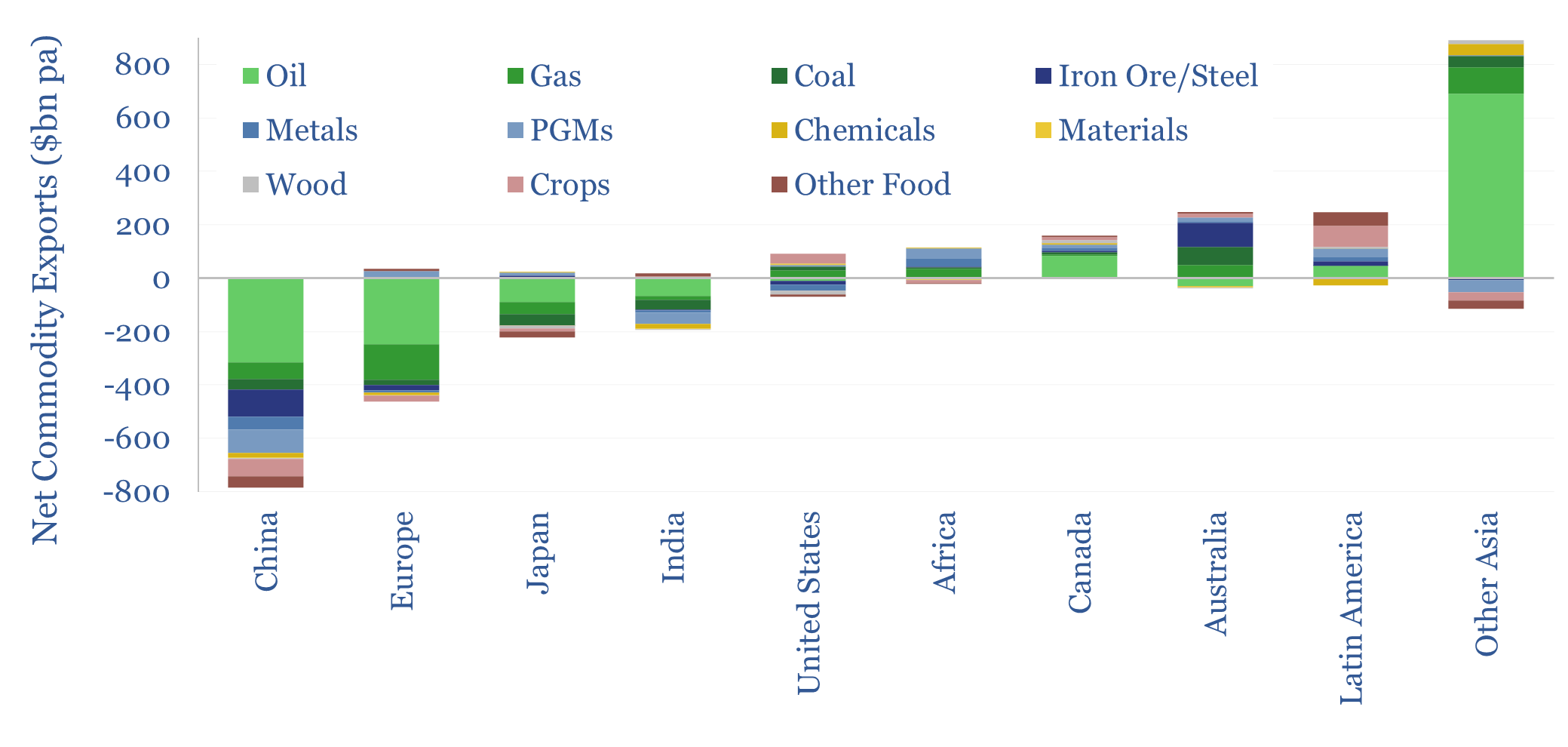Search results for: “plastic pyrolysis”
-
Next-generation plastics: bioplastic, biodegradable, recycled?
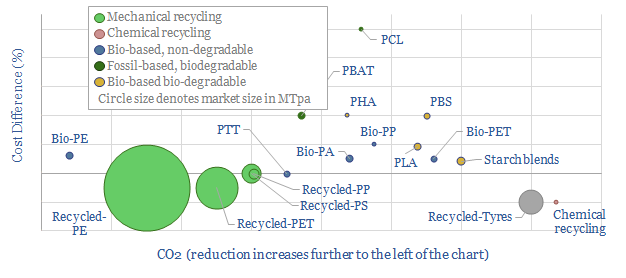
This data-file captures 17 plastic products derived from mechanical recycling, biologically-sourced feedstocks or that is bio-degradable. The ‘greenest” plastics are c30% lower in CO2 than conventional plastics, but around 2x more costly.
-
Landfill costs: by country and over time?
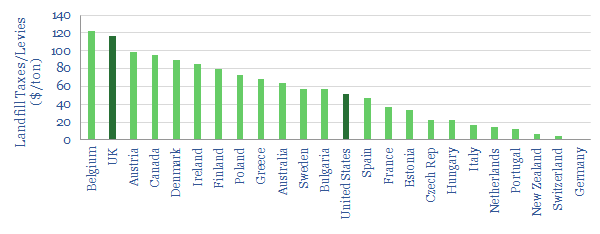
This data-file tabulates the most likely costs of placing waste-material (e.g., plastic) into landfill, country by country, and over time. Landfill taxes have risen at an 8% CAGR on average, clearly reduce landfilling rates, and promote recycling. This short note spells out our top five conclusions on landfill taxes by country and over time.
-
Thermo-Plastic Composite: The Future of Risers?
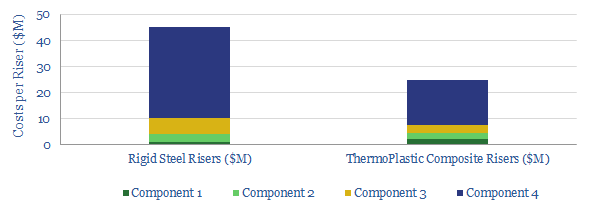
We estimate thermo-plastic composite riser costs line-by-line. Savings should reach 45%. The file also includes a complete history of TCP installations to-date, as this technology’s adoption continues.
-
Carbios: plastic recycling breakthrough?
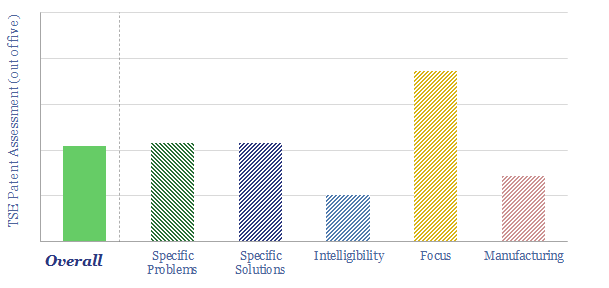
Carbios has developed an enyzmatic process to recycle 90% of PET within 10-hours, which has been described in Nature. “This highly efficient, optimized enzyme outperforms all PET hydrolases reported so far”. Economics and CO2 savings can be very exciting. But our work identifies four challenges, which were hard to re-risk.
-
MIRALON: turquoise hydrogen breakthrough?
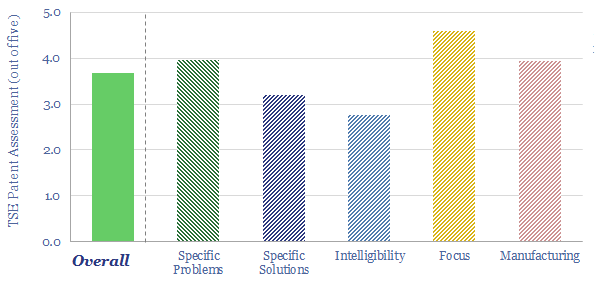
MIRALON is an advanced material, being commercialized by Huntsman, purifying carbon nanotubes from the pyrolysis of methane and also yielding turquoise hydrogen. This data-file reviews MIRALON technology, patents, and a strong moat. Our model sees 15% IRRs if Huntsman reaches a medium-term cost target of $10/kg MIRALON and $1/kg H2.
-
Eastman: molecular recycling technology?
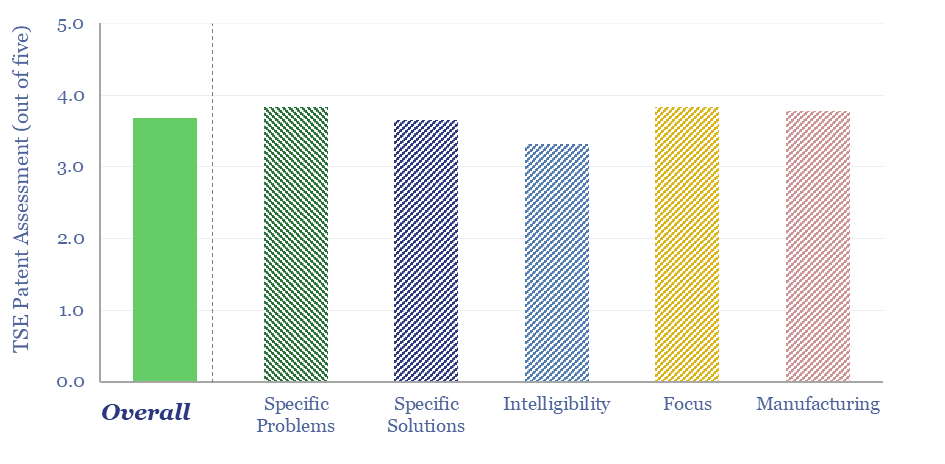
This patent screen reviews Eastman’s molecular recycling technology. Specifically, Eastman is spending over $2bn, to construct 3 plants, with 380kTpa of capacity, to break down hard-to-recycle polyesters back into component monomers, with 20-80% lower CO2 intensity than virgin product. We find evidence for 30-years of fine-tuning, and can bridge to 10% IRRs if buyers pay…
-
Newlight AirCarbon: bioplastics breakthrough?
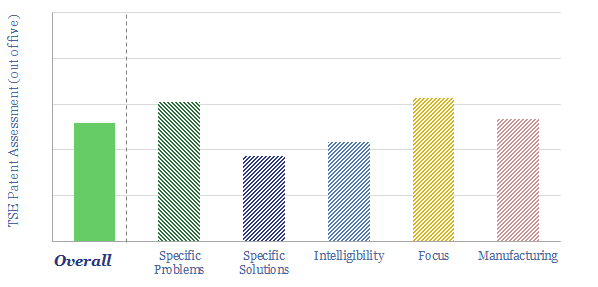
Newlight is converting (bio-)methane and air into polyhydroxybutyrate (PHB), a type of polyhydroxyalkanoate (PHA), a biodegradable bioplastic which it markets as AirCarbon. The product is ‘carbon negative’, biodegradable, strong, ‘never soggy’, dishwasher safe. Our AirCarbon technology review found some good underlying innovations, but was unable to de-risk cost and capex aspirations.
-
Polyester: production process?
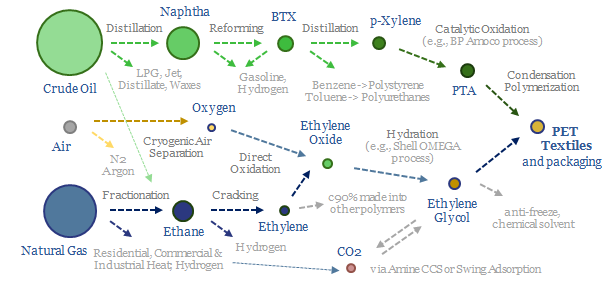
Polyester is the most produced textile fiber on planet Earth. Of the world’s 8GTpa of oil and gas production, 80MTpa, or 1% ends up as PET, via eleven chemical processing stages that span naphtha-reforming, BTX separation into paraxylene, oxidation to PTA, plus ethane cracking, ethylene oxide and ethylene glycol. This data file covers the polyester…
-
PureCycle: polypropylene recycling breakthrough?
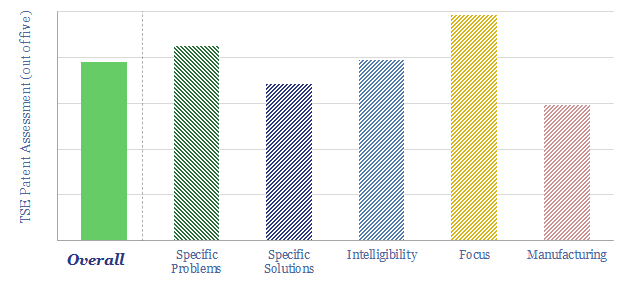
PureCycle was founded in 2015, went public via SPAC in 2021 and aims to recycle waste polypropylene into virgin-like polypropylene saving 79% of the usual input energy and 35% of the input CO2. Despite recent controversies, our PureCycle technology review is able to de-risk several ambitions.
Content by Category
- Batteries (89)
- Biofuels (44)
- Carbon Intensity (49)
- CCS (63)
- CO2 Removals (9)
- Coal (38)
- Company Diligence (94)
- Data Models (838)
- Decarbonization (160)
- Demand (110)
- Digital (59)
- Downstream (44)
- Economic Model (204)
- Energy Efficiency (75)
- Hydrogen (63)
- Industry Data (279)
- LNG (48)
- Materials (82)
- Metals (80)
- Midstream (43)
- Natural Gas (148)
- Nature (76)
- Nuclear (23)
- Oil (164)
- Patents (38)
- Plastics (44)
- Power Grids (130)
- Renewables (149)
- Screen (117)
- Semiconductors (32)
- Shale (51)
- Solar (68)
- Supply-Demand (45)
- Vehicles (90)
- Wind (44)
- Written Research (354)
